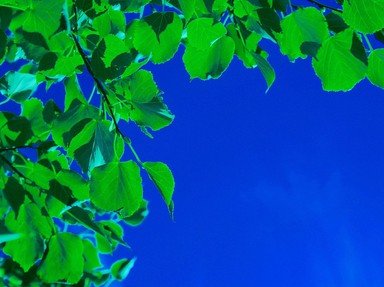
Variations of Blue and Green Trivia Quiz
The basic colors - red, orange, yellow, green, blue, and violet - are commonly known as hues in color theory. Hues are the pure colors on the color wheel that have not had any other color added.
A classification quiz
by ponycargirl.
Estimated time: 3 mins.